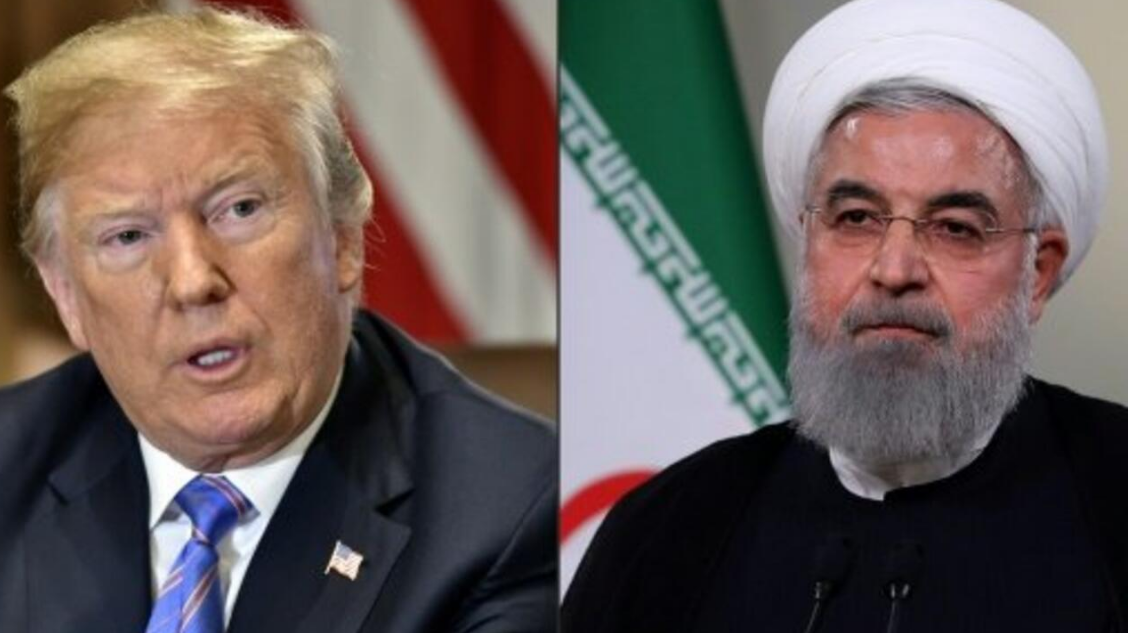The imposition of sanctions on Iran by the Trump administration has been a significant development in international relations, impacting geopolitical dynamics and the global economy. The strategy behind these sanctions, the responses from Iran, and the broader implications are essential to understanding their role in U.S. foreign policy.

Background of Sanctions
The sanctions against Iran intensified significantly in 2018 when President Donald Trump announced the withdrawal of the United States from the Joint Comprehensive Plan of Action (JCPOA), commonly known as the Iran nuclear deal. This agreement, reached in 2015, involved Iran agreeing to limit its nuclear program in exchange for relief from economic sanctions imposed by the U.S. and other nations. Critics of the agreement, including Trump and many Republicans, contended that it was insufficient in curbing Iran's nuclear ambitions and did not address other malign activities, such as missile development and Iran’s support for proxy groups in the Middle East.
Upon withdrawal from the JCPOA, the Trump administration reimposed a series of sanctions aimed at crippling Iran’s economy and pressuring the government to renegotiate the deal. The sanctions targeted various sectors, including oil, banking, shipping, and more, effectively cutting Iran off from international markets. The objective was clear: to exert maximum pressure on Iran to re-engage in negotiations that would not only address its nuclear program but also curb its regional influence and support for militant groups.
Key Elements of the Sanctions
The sanctions included several measures:
- Oil Sanctions: Iran's oil exports were heavily targeted, which is critical since oil revenues constitute a significant portion of its economy. The U.S. introduced a "maximum pressure" campaign to cut Iran’s oil exports down to zero, with a goal to diminish the financial resources available for the Iranian government to fund its military and proxy groups.
- Financial Restrictions: Sanctions imposed restrictions on Iran’s access to the global financial system. This included penalties for foreign banks and other entities that conducted transactions with Iranian institutions. The sanctions also sought to limit Iran's ability to trade in critical materials and technology.
- Secondary Sanctions: One of the most powerful aspects of Trump’s strategy was the implementation of secondary sanctions, which penalized non-U.S. companies that did business with Iran. This effectively isolated Iran economically, compelling many businesses around the world to sever ties for fear of losing access to the much larger U.S. market.
- Targeting Individuals and Entities: The U.S. Treasury Department added numerous Iranian individuals and entities to its sanctions list, including government officials and companies linked to the Revolutionary Guard, Iran’s elite military force.
Impact on Iran and Global Politics
The sanctions had immediate and profound effects on Iran’s economy. The Iranian rial plummeted in value, leading to inflation and economic instability. Reports indicated increases in unemployment and levels of poverty as the economy contracted under the weight of the sanctions. Access to essential goods, including medicine, was also affected, leading to humanitarian concerns.
Iran responded to the sanctions in various ways. The government adopted a strategy of resistance, aiming to bolster domestic production and find alternative trading partners, particularly in countries like China and Russia. Additionally, Iran threatened to escalate its nuclear program in response to the sanctions, indicating a potential pivot away from the constraints established in the JCPOA.
Broader Implications
The sanctions on Iran during Trump's presidency not only affected U.S.-Iran relations but also strained America's relationships with its European allies. Many European nations were committed to maintaining the JCPOA and sought to create mechanisms to continue trade with Iran despite U.S. sanctions. This division marked a notable shift in transatlantic relations, challenging the consensus on how best to deal with Iran's nuclear ambitions.
The sanctions also set the stage for increased tensions in the Middle East. As Iran sought to assert itself in the region, there were heightened fears of military confrontations, especially concerning U.S. military presence in the Gulf and Iranian activities in countries like Iraq, Syria, and Lebanon. The assassination of prominent Iranian general Qassem Soleimani by a U.S. drone strike in January 2020 further escalated tensions, leading to retaliatory attacks on U.S. bases in Iraq and raising fears of broader conflict.
Transition to the Biden Administration
With the transition to the Biden administration in 2021, questions arose about the future of U.S. policy toward Iran. President Joe Biden expressed a willingness to re-engage in talks regarding the nuclear deal, albeit with conditions, including Iran’s compliance with its nuclear commitments and discussions regarding its missile program and regional influence.
As discussions commenced, the legacy of Trump’s sanctions remained a focal point in the confrontation between the two nations. The negotiations surrounding a potential revival of the JCPOA reflect the complexity of international diplomacy involving historical grievances, strategic interests, and regional power dynamics.
In conclusion, the sanctions imposed by the Trump administration on Iran marked a significant shift in U.S. foreign policy, intending to isolate Iran economically and politically. The far-reaching implications of these sanctions continue to be felt in the region and within international relations at large, shaping how countries engage with both the U.S. and Iran in the years to follow.












